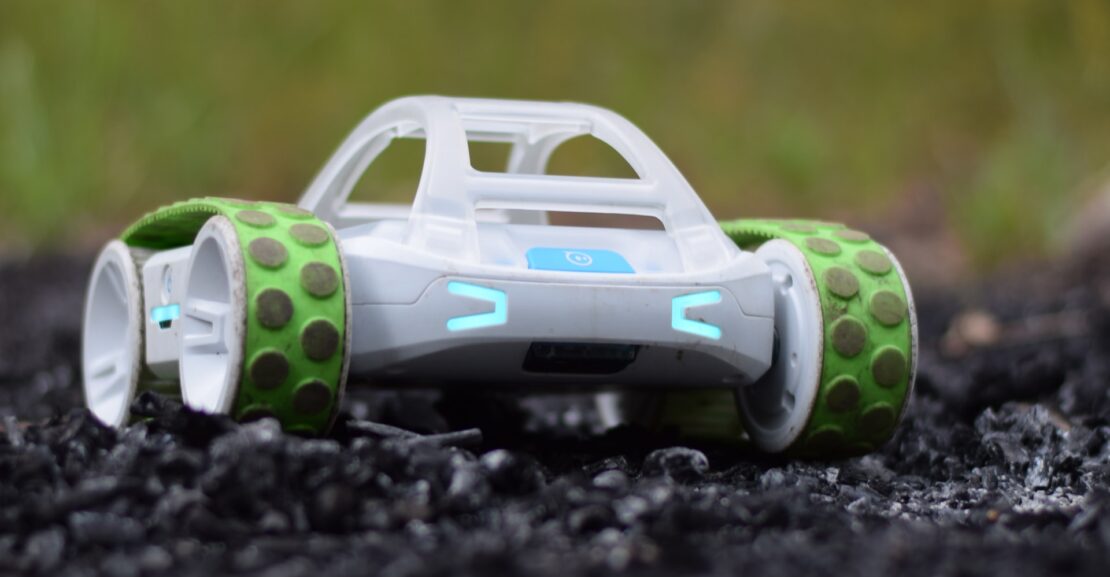Call it fiction, but we all know that the age of artificial intelligence (AI) has conquered and transformed the space of mobility. A closer glimpse into cars today, and you’ll probably understand what I mean.
The fictional 80’s movie “Back to the Future” stars Michael J. Fox and Christopher Lloyd, who pointed out how innovation plays a critical role in the transition of advanced technology. If you recall, the modified flying car “DeLorean” DMC-12used by Doc Emmett (Lloyd) and Marty McFly (Fox) became the iconic representation of innovation of mobility. The gull-wing doors and fiberglass body with a steel backbone chassis—among others—made history by changing the way the world moves through their time travel.

Today, car manufacturers are constantly changing their concept and design, both aesthetically and mechanically. This article is all about the importance of technology in the automotive world and how it has impacted on the lives of many. Here are the most remarkable and brightest tech innovations in the last 25 years.
Vehicle’s Instrument Panel. The vehicle instrument panel provides diagnostic capability, allowing car owners to determine what’s wrong with their car. In the early years, the instrument panels are only composed of analog gauges, including the speedometer and fuel dials. Nowadays, huge improvements on the features of the digital dashboard were added from climate information (inside and outside temp), tire pressure monitoring system, fuel gauge, and media control, which control access to the car’s infotainment. The first application of electronic instrument system was introduced in 1976 by British Marque Aston Martin, and later on, manufactured by GM’s division brand Cadillac in 1978.
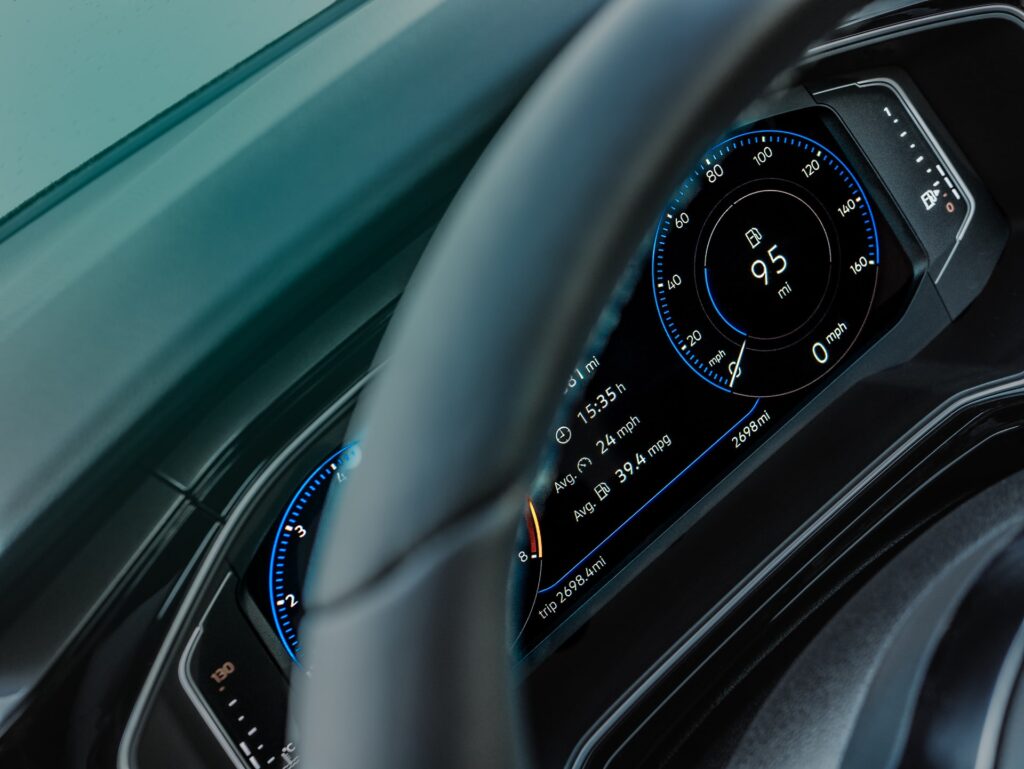
Bluetooth Integration. This device is one heck of a life-saving tool that lessens the potential for accidents when driving on the road. This wireless set of hardware transmits communication calls (back and forth), allowing the driver to communicate via hands-free connectivity. Thus, the main danger of using a mobile phone while driving is eliminated. Moreover, the American car brand Ford came out with integrated in-vehicle communication and entertainment system that allows users to make hands-free phone calls, control music, and perform other functions using voice commands. Named Ford Sync, the system consists of applications and user interfaces run via Microsoft’s Windows Embedded Automotive operating system. At present, there are 16-million vehicles with sync capability on the road today.

Airbags. In theory, airbags are flexible inflation fabric bags with impact sensors that are designed to protect both driver and passengers inside the vehicle when an accident occurs. The device can be traced back to the 1950s. Today, we can find this car tech safety feature in the steering wheel, passenger-side dashboard, and curtain-side of our cars. According to National Highway Traffic Safety Administration (NHTSA), more than 300,000 lives have been saved by airbags in the U.S.
Electronic Stability Control (ESC). We consider Electronic Stability Control (ESP) as one of the important inventions in the alphabet of safety found in the car. How does this system work? The Electronic Stability Control helps your car detect loss of steering control during extreme maneuvers. The system allows your vehicle to be stable, and as such, prevent you from spinning out. Some ESC has an active safety system that controls the steering wheel, thus, minimizing road accidents. In conclusion, the National Highway Traffic Safety Administration (NHTSA) reported that one-third of fatal accidents that occur every year could be prevented using ESC.
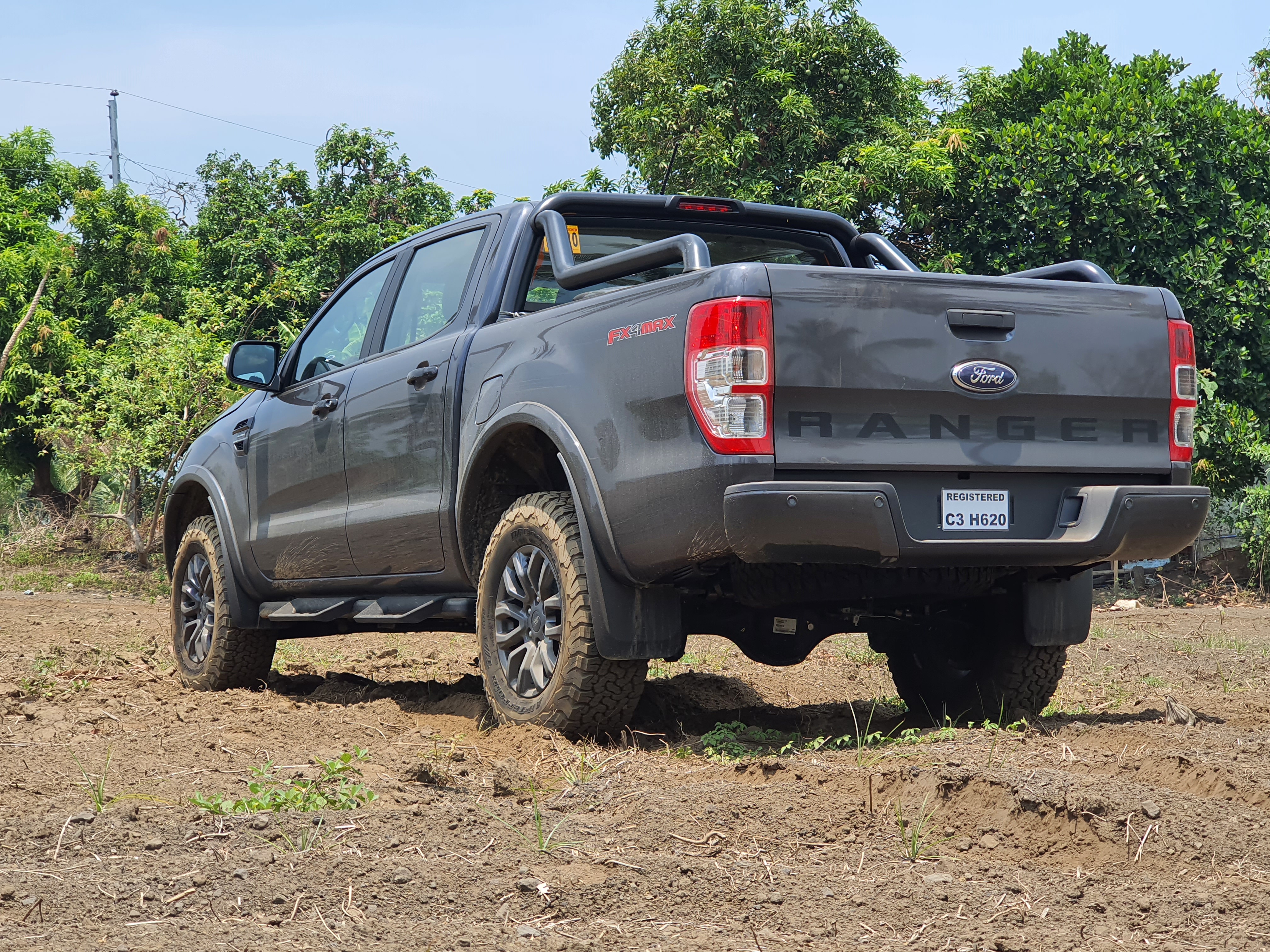
Backup Camera. Before, the only way to know what was happening behind your car was to trust your rear-view and side mirrors. For some, driving reverse in a tight parking place is one hell of a nightmare until this holy grail system comes! Let us put it this way: Backup cameras are designed to avoid backover collision. These cameras are usually connected to the vehicle’s head unit display. One of the most well-known backup cameras used today is Nissan’s around-view monitor, which used multiple cameras to produce a 360-degrees perimeter picture in the area. Today, almost half of new cars are equipped with backup cameras as standard.
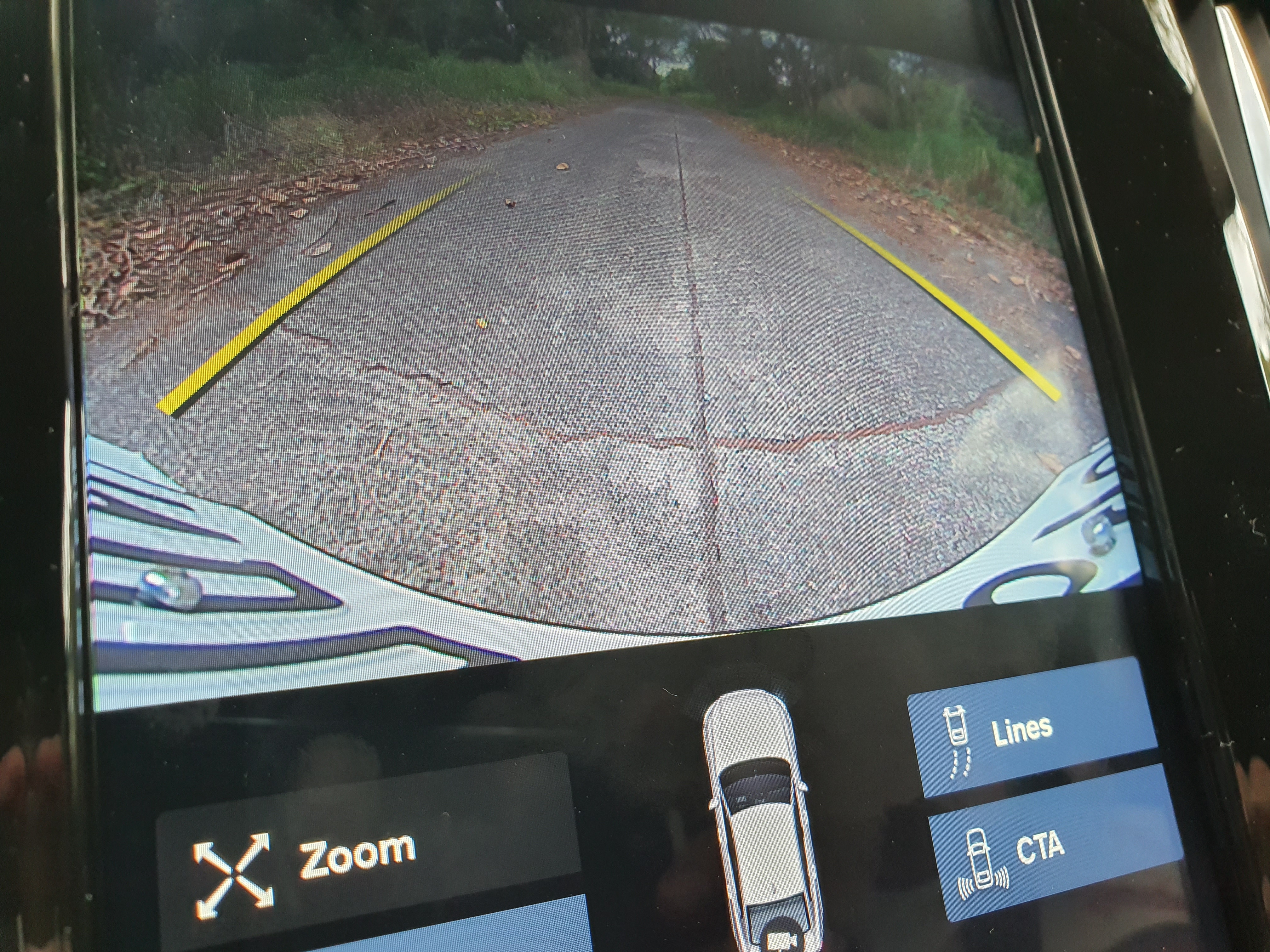
GPS Satellite Navigation. Before WAZE, the GPS navigation system is one of the greatest and most remarkable maps inventions ever. The Global Positioning System (GPS) uses satellite navigation to get its position data and connects the location on the road. The best part of this device is that you don’t need to ask any stranger for locations while traveling on weekends! All you need to do is open your GPS when you need directions! And viola! Your directions will be located! Although Waze can detect real-time traffic, the GPS navigation is like a holy grail for every road adventurer.
Electric Vehicle (EV). And who would ever think that this vehicle would come to life? In the Philippines, the shift to EVs is happening, especially in mass transportation, where small modernized electric vehicles and motorized trikes are now being used in local municipalities. Last year, Japanese brand Nissan electrified motorists with its latest full-battery electric vehicle flagship—the Nissan LEAF. The zero-emission LEAF is powered by a 40-kWh lithium-ion battery that can go up to 311-kilometers or approximately Manila to Baguio City when fully charged. One of the notable humanitarian acts of Nissan Leaf is when the car brand extends its effort in helping out the affected community in Cebu from last year’s typhoon, bringing the city lights and powering their mobile devices using Nissan LEAF.
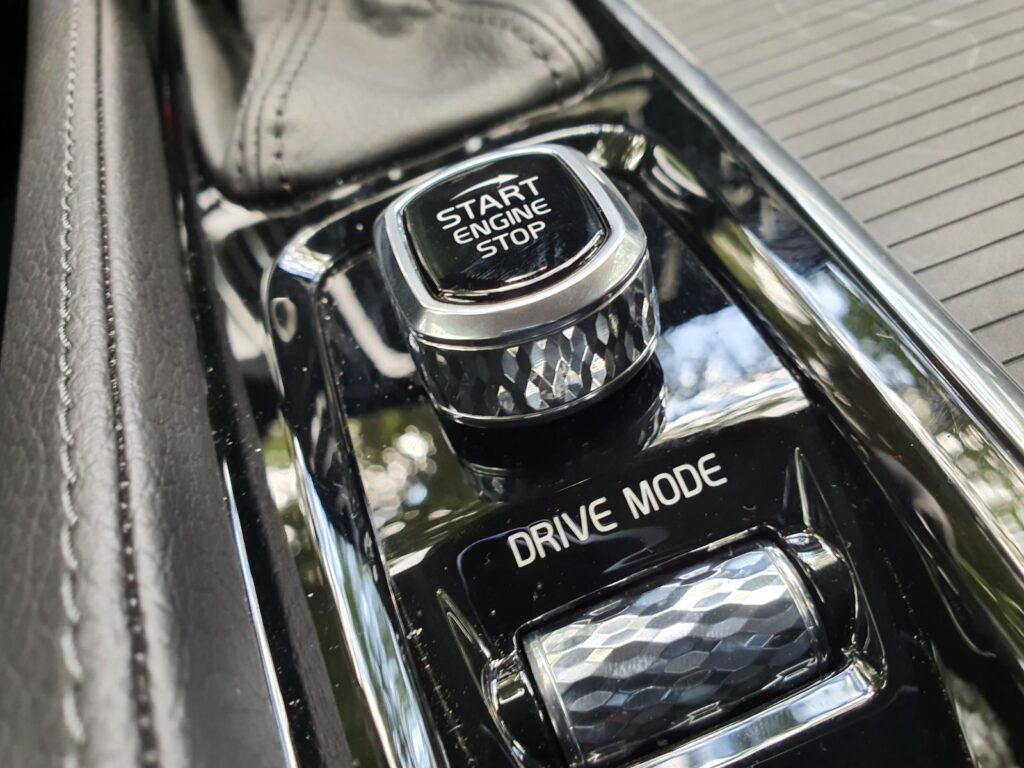
Intelligent Parking Assist System (IPAS). This technology might not be applicable, but for those who can’t stand much in tight parking, this innovation might be perfect for you! Here’s the scenario: Imagine looking for an ideal spot and, you have to struggle to maneuver in tight spaces. With IPAS, drivers will no longer find the task of parking a chore! Thank God technology has answered our dilemmas; a car that can park itself! Ford, for instance, came out with the Active Park Assist feature that helps make parallel parking easy. Once you shift the reverse, ooh-la-la, the steering wheel automatically steers your vehicle, allowing you to ease into the available parking space. The sensor measures and identifies enough parking spaces when the system is activated. The good news is the driver only controls the accelerator and brakes.
Fast-forward, technology has come a long way. From time to time, car manufacturers are building and developing new machines that will radically change how we live and drive on the road. We already saw the evolution of cars—from model T to EV—where cars have been transformed from gas-guzzling monstrosities to fuel energy-efficient ones.
We already saw the evolution of cars—from the Ford Model T to EV—where cars have been transformed from gas-guzzling monstrosities to fuel energy-efficient ones. As William Clay Ford said, “Change is upon us.” My question is—are you ready to drive in the future?

